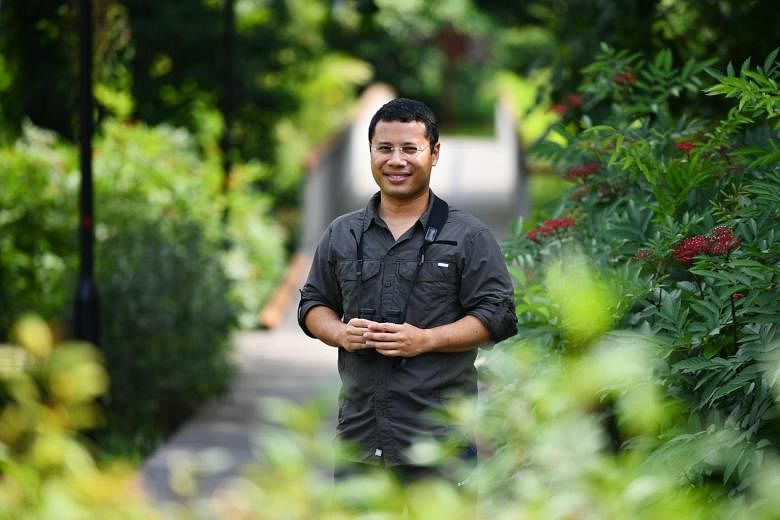When the Phase 1 environmental impact assessment (EIA) report for the Cross Island MRT line was released in February last year, it described the impact of soil works on surrounding wildlife as "moderate".
But members of the public were left confused. What exactly does "moderate" impact mean?
There were concerns about how EIA studies are done after the release of the report which referred to possible plans for a tunnel under the Central Catchment Nature Reserve (CCNR) as part of the MRT line.
The Government now wants to strengthen the process, and the National Parks Board is working with partners to look at how it can be done, Mr Desmond Lee, Second Minister for National Development, told The Straits Times last week during his first interview as full minister.
"We are seeing how we can strengthen the EIA process, taking on board all the lessons that we picked up in the last few EIAs - improving baseline survey methodology, understanding of Singapore's perspective and situation," said Mr Lee, who is also Minister in the Prime Minister's Office and Second Minister for Home Affairs.
Baseline surveys are done to identify the different types of wildlife in an area. "So if an EIA consultant comes from abroad, they must recognise the fragility of our environment, the fragmentation of certain nature areas, and recognise that when they do an EIA, they have to recognise context."
More details will be revealed at a later date, added Mr Lee.
His comments come in the wake of two high-profile developments - the Cross Island Line, which is expected to be completed in 2030, and the Mandai eco-tourism hub.
In both cases, EIAs were done by international consultancy Environmental Resources Management, which was founded in Britain. It explored ways in which works could be carried out to reduce impact to surrounding flora and fauna.
When the two reports were released months apart last year, they were disputed by nature groups which pointed to the lack of clarity of terms used in the reports, and the lack of consideration of the Singapore context.
For instance, the EIA on Mandai had determined that impact could be reduced from "medium" to "small" if mitigation measures, such as forest restoration and avoiding work in certain areas, were enforced.
But the Nature Society (Singapore) pointed out that the magnitude of the impact could be underplayed, considering the project site's strategic location just outside Singapore's largest nature reserve.
Ecology consultants and scientists are encouraged by Mr Lee's announcement that the Government is looking into strengthening the processes behind EIAs.
On the importance of ensuring that EIAs are tailored to Singapore's context, Ms Natalia Huang, principal ecologist at environmental consultancy Ecology Matters, pointed to the uniqueness of Singapore's human-dominated environment and small size.
"Other countries may look at landscape-scale impacts spanning say, 100km, but Singapore doesn't have such a scale," she said.
Mr David Tan, a bird scientist from the National University of Singapore, said it is important that baseline studies involve more than just coming up with a checklist of species, adding that connectivity between green plots is also important.
He said: "It is also important to consider whether development works in an area would affect how animals move from place to place."


